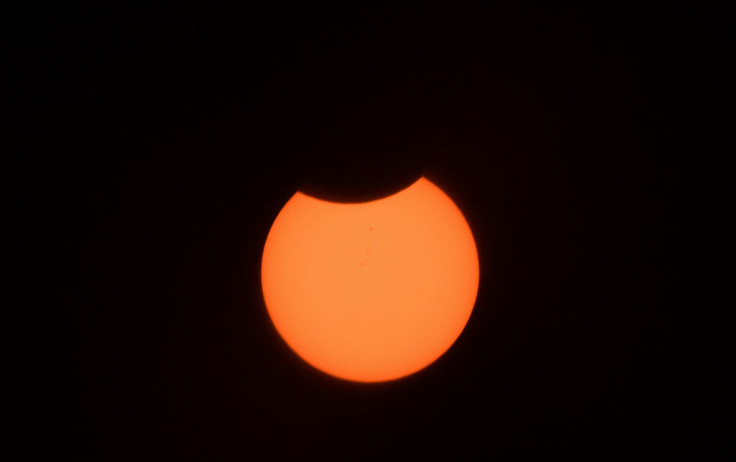Rare annular solar eclipse occurs this week: How and when to best view and live stream it
The solar eclipse will be visible in large parts of the world.
Summer solstice of this year will be marked by the year's first solar eclipse. The upcoming total annular solar eclipse is deemed rare.
Large parts of the world will be able to witness when Sun, Moon, and Earth align on Sunday, June 21. This happens to be total annular solar eclipse which will take the appearance of a ring of fire. Usually, solar eclipse totally covers the solar disk. However, during an annular eclipse, the moon is so small that it cannot cover the sun completely. Instead, a thin ring of the sun's surface surrounds the moon as the light bursts around the edges of the moon.
According to Independent, the term annular is derived from the Latin word for the ring and the impact. Therefore, it is referred to as a "ring of fire." The eclipse will be witnessed across African and Asian continents. Unfortunately, it will not be visible to those in the USA and the UK. Meanwhile, those in Southeast Europe, Australia, and the Pacific region will be able to see at least partial solar eclipse.
NASA has developed an interactive Google map that shows the path of the Annular Solar Eclipse occurring this week. As per the map, the Greatest Duration is 01m 22s while annularity will last for a fraction of a second.
"You can be hundreds of miles from the theoretical point of Greatest Duration and still enjoy annularity lasting within a fraction of a second of the maximum possible (as long as you stay within several miles of the central line). It's much more important to watch the weather forecasts a day or two before the eclipse and choose a location with the best chance of a cloud-free sky during the eclipse. Good weather is the key to successful eclipse viewing - better to see a shorter eclipse from clear sky that a longer eclipse under clouds," reads the statement on NASA's website.
The solar eclipse will begin at 03:45 UTC and reach its peak at 06:40 UTC, according to Time and Date. And it will end at 09:34 UTC.
Meanwhile, this solar eclipse is a perfect opportunity to witness a rare astronomical event. Enthusiasts, however, are advised against looking at the sun directly during this time which can actually damage the eyes. EarthSky suggests to use safe solar filters even if you are looking at it through a telescope. One can also create a DIY pinhole camera to view the event safely.

Another great option is to watch it online through live streaming websites. Slooh and Time and Date.com will be live streaming the event on their YouTube channels for safe viewing.
© Copyright IBTimes 2025. All rights reserved.





















